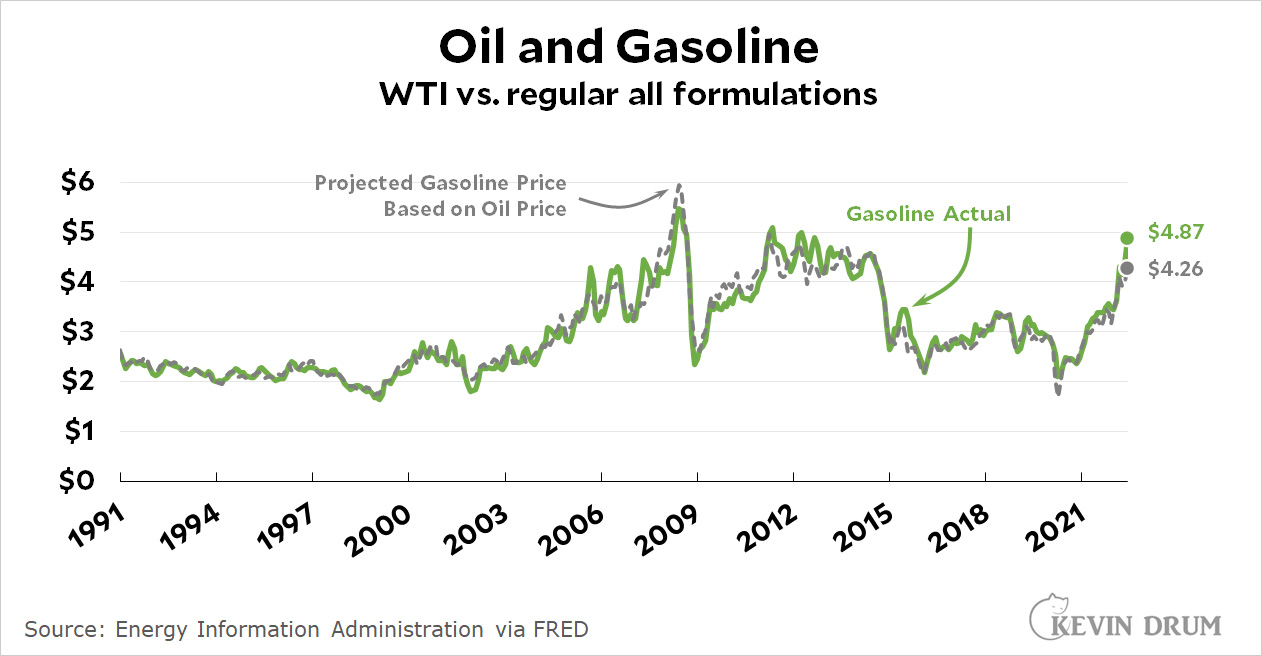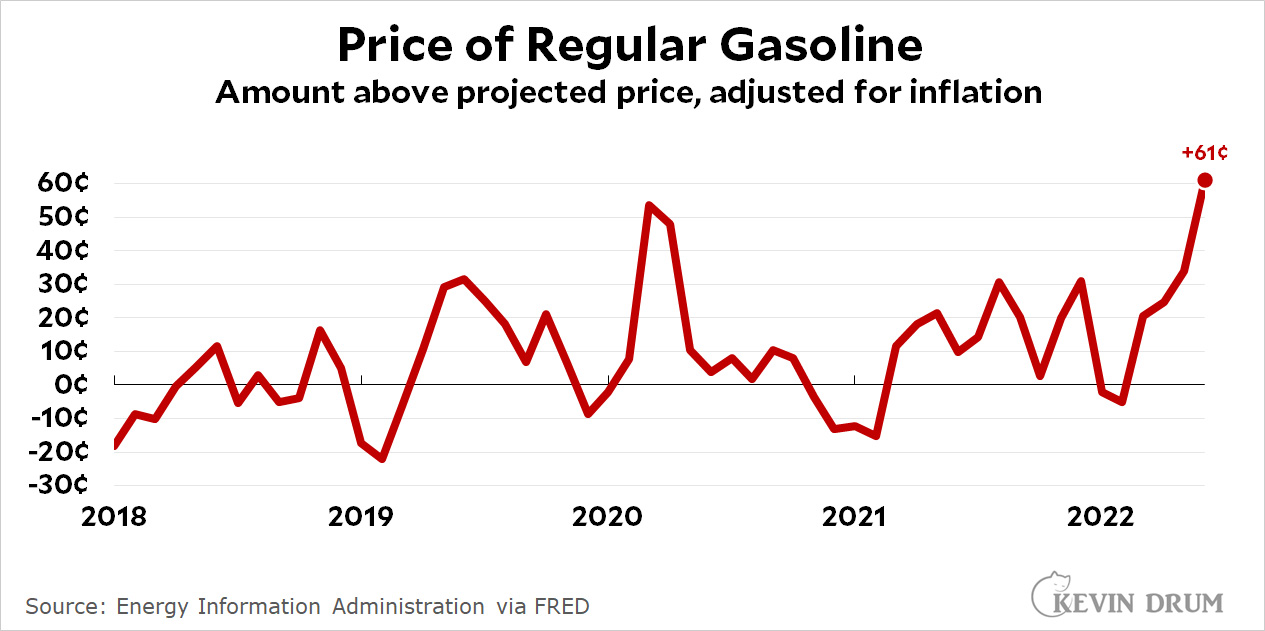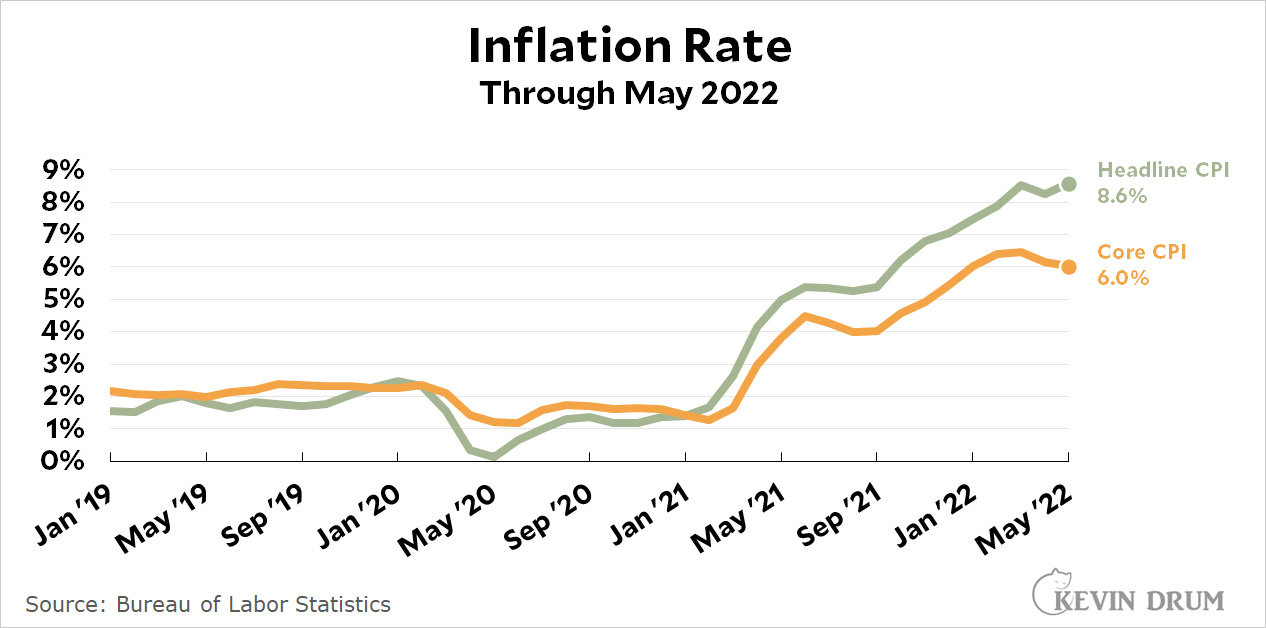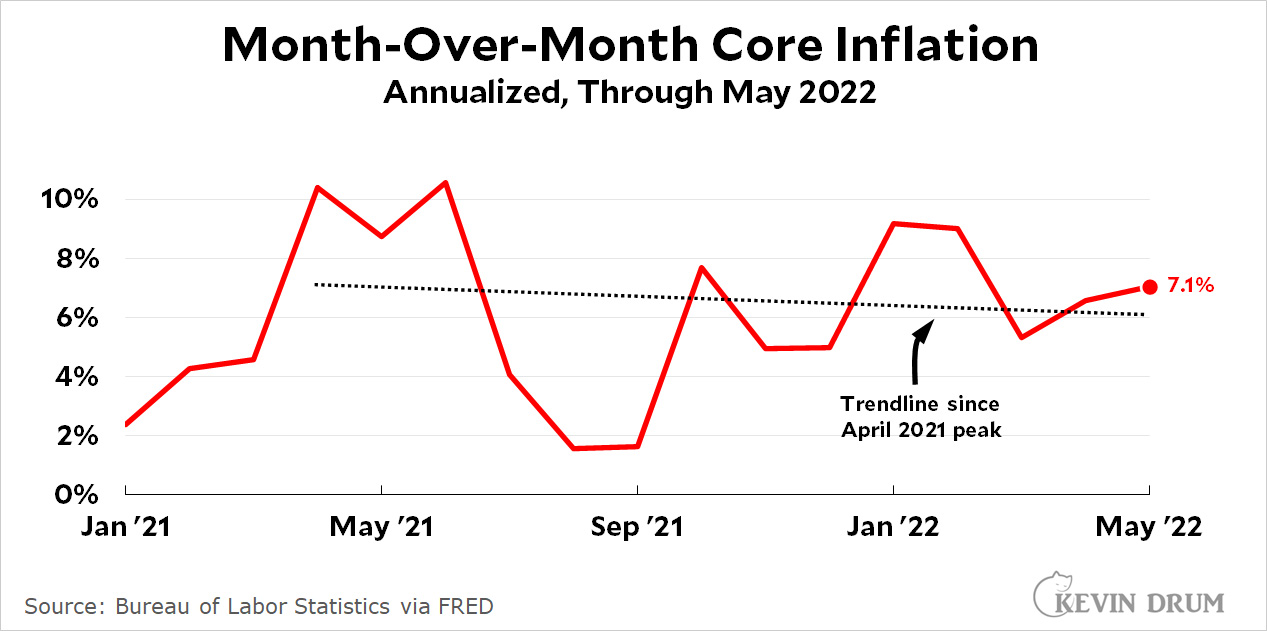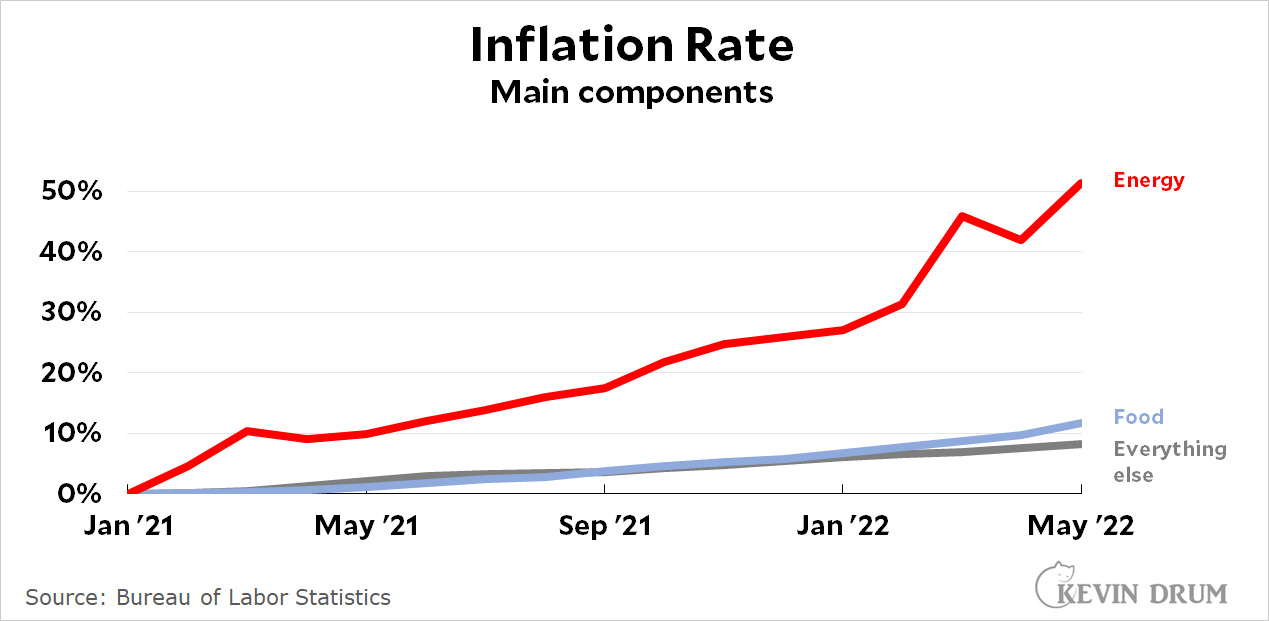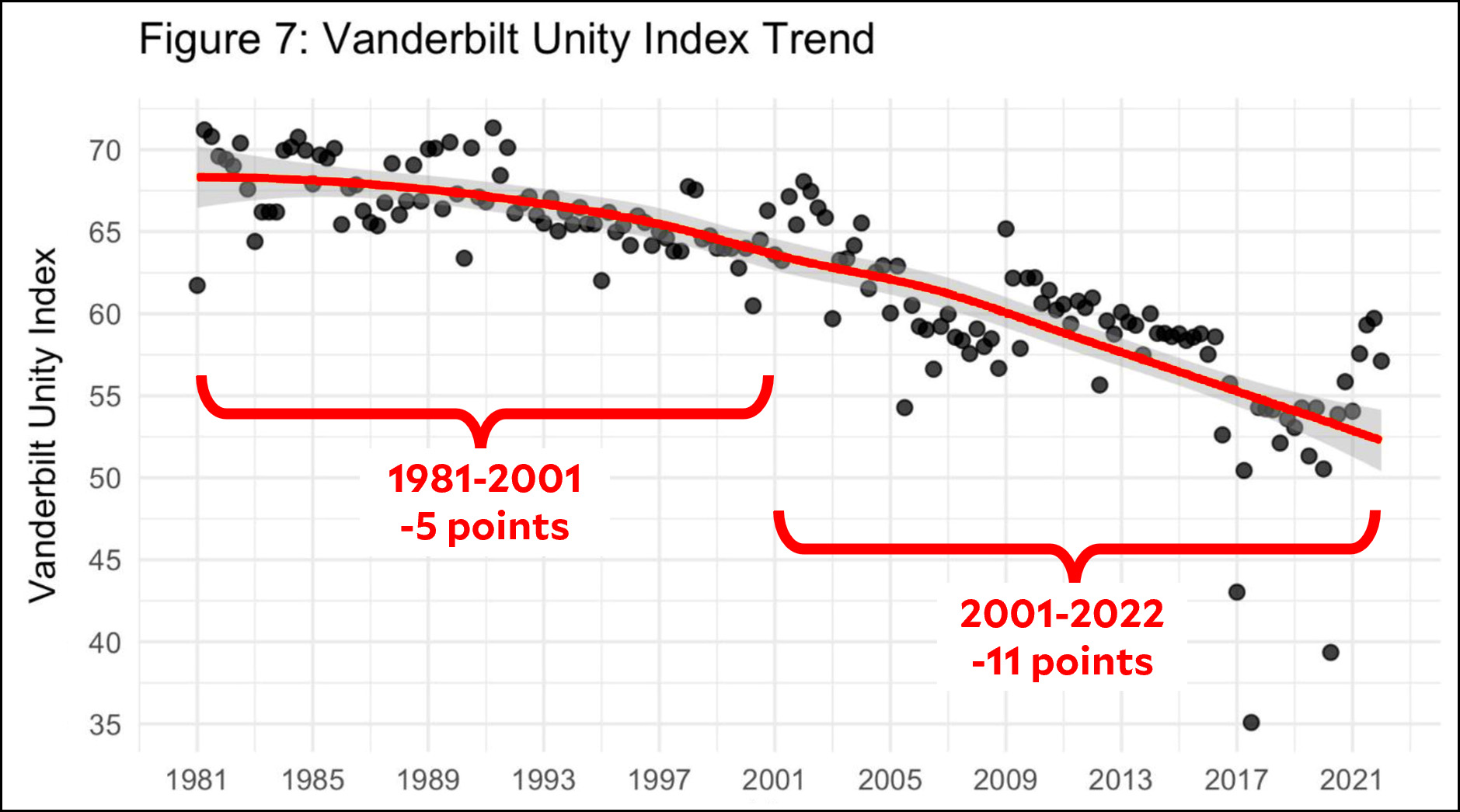Woke pronouns have drawn George Will's attention this week. The scandalous activity took place in Kiel, a town of 4,000 in central Wisconsin:
In April, the district lodged a complaint against three eighth-grade boys for the offense of “mispronouning,” referring to a classmate using the biologically correct pronoun “her” instead of the classmate’s preferred “them.” This, district officials — supposed educators — said, constitutes “sexual harassment,” a Title IX violation.
....Represented by the Wisconsin Institute for Law & Liberty, the boys are arguing that their use of biologically correct, if politically incorrect, pronouns is speech protected by the First Amendment. The Constitution also forbids the district from compelling them to speak as district bureaucrats suddenly [] prefer.
Well, this certainly seems like a pretty trivial bit of middle-school horseplay, something that can easily be handled locally without getting a Washington Post columnist involved. Speaking of which, how did George Will even hear about this?
Last month, the Wisconsin Institute for Law & Liberty, a right-wing legal organization, sent a letter to the Kiel Area School District asking it to end a Title IX harassment investigation into three eighth-grade boys for repeatedly misgendering a classmate. To further its cause, WILL embarked on a national media campaign to draw attention to the 1,500-student district.
That attention — which included appearances on Laura Ingraham’s Fox News show, Newsmax and an op-ed in the Wall Street Journal — resulted in six bomb threats made against the district, Kiel City Hall, the Kiel Public Library, the homes of district employees, roads and utility companies in the city. The threats resulted in the district going to virtual school for the remainder of the year, the cancellation of the city’s Memorial Day parade and the postponement of the high school graduation.
It certainly looks like WILL's national media campaign was a roaring success. Bomb threats, school cancellation, Laura Ingraham—I'll bet those left-wing twits in the Kiel Area School District caved in fast enough after all that!
And they did. WILL assures us that they condemn the violent threats, and I suppose we have to believe them. Surely they meant this to be a discreet, purely legal investigation into a minor case of teenage harassment.
Of course, it's a little unclear why you'd get Newsmax and the Wall Street Journal involved in such a thing. Or Laura Ingraham, for that matter. Then again, Newsmax is run by Christopher Ruddy, who has a master's degree in public policy from the London School of Economics. Paul Gigot of the Wall Street Journal is widely respected for his dedication to explaining why conservatives are always right. And Ingraham is a lawyer. So perhaps WILL figured they were the perfect people to carefully and dispassionately explain the legal ins and outs of this case to their viewers. I didn't see the coverage in any of these places, but I'm sure that's what they did. Right?
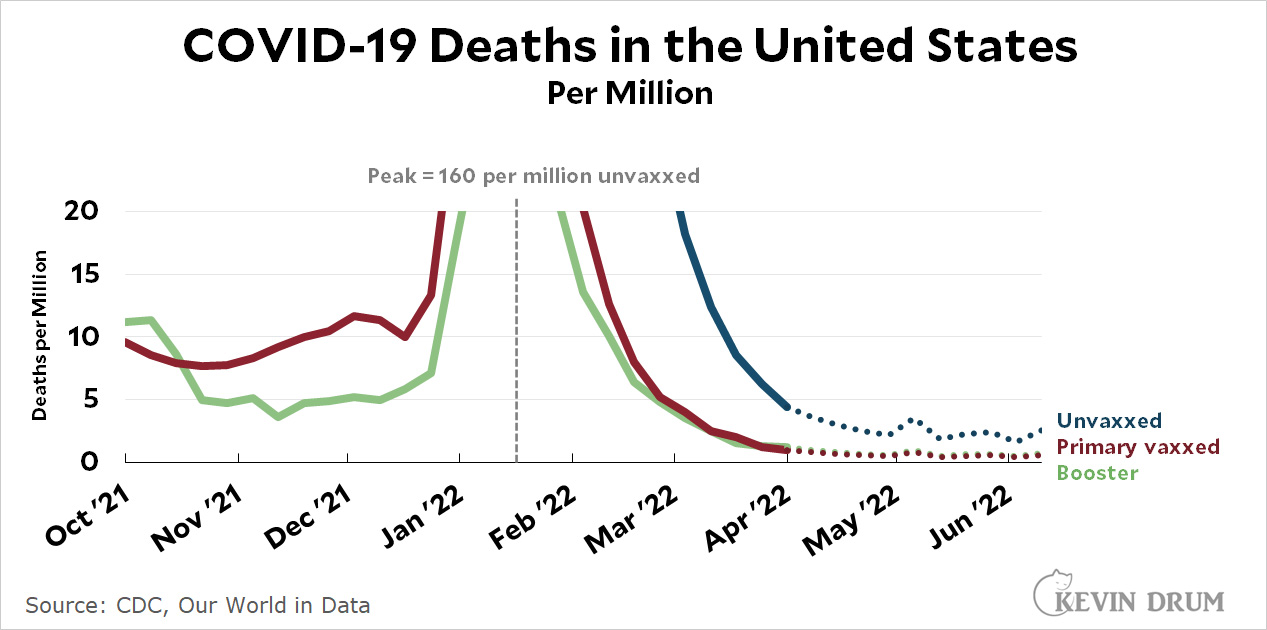 The CDC provides death rates by vax status through the start of April. The more recent numbers are extrapolated from overall death rates provided by Our World in Data.
The CDC provides death rates by vax status through the start of April. The more recent numbers are extrapolated from overall death rates provided by Our World in Data.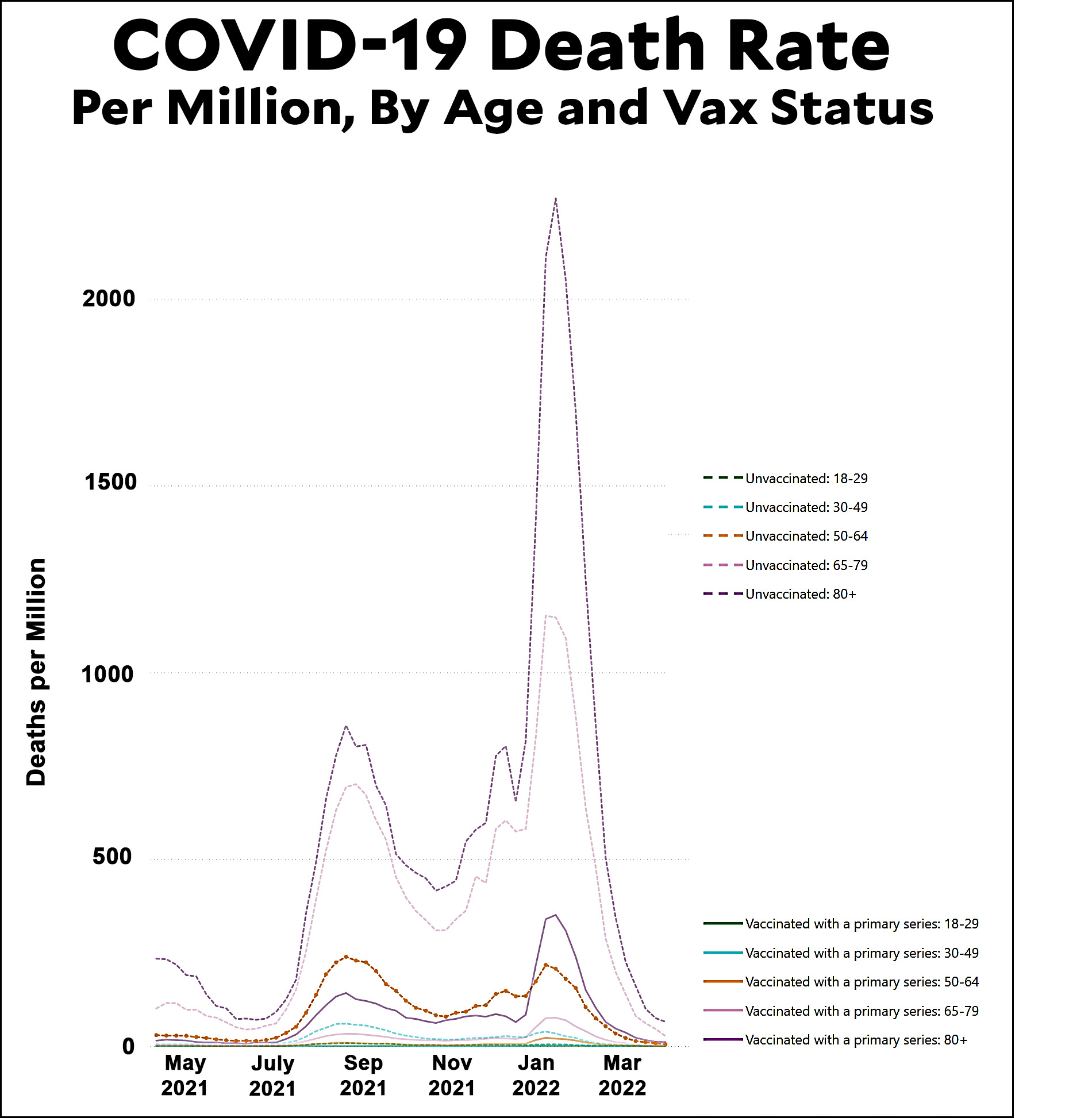 The difference in death rates between races and ethnic groups has largely disappeared too. In fact, the CDC reports that the white death rate is now higher than both the Black and Hispanic death rates.
The difference in death rates between races and ethnic groups has largely disappeared too. In fact, the CDC reports that the white death rate is now higher than both the Black and Hispanic death rates.
